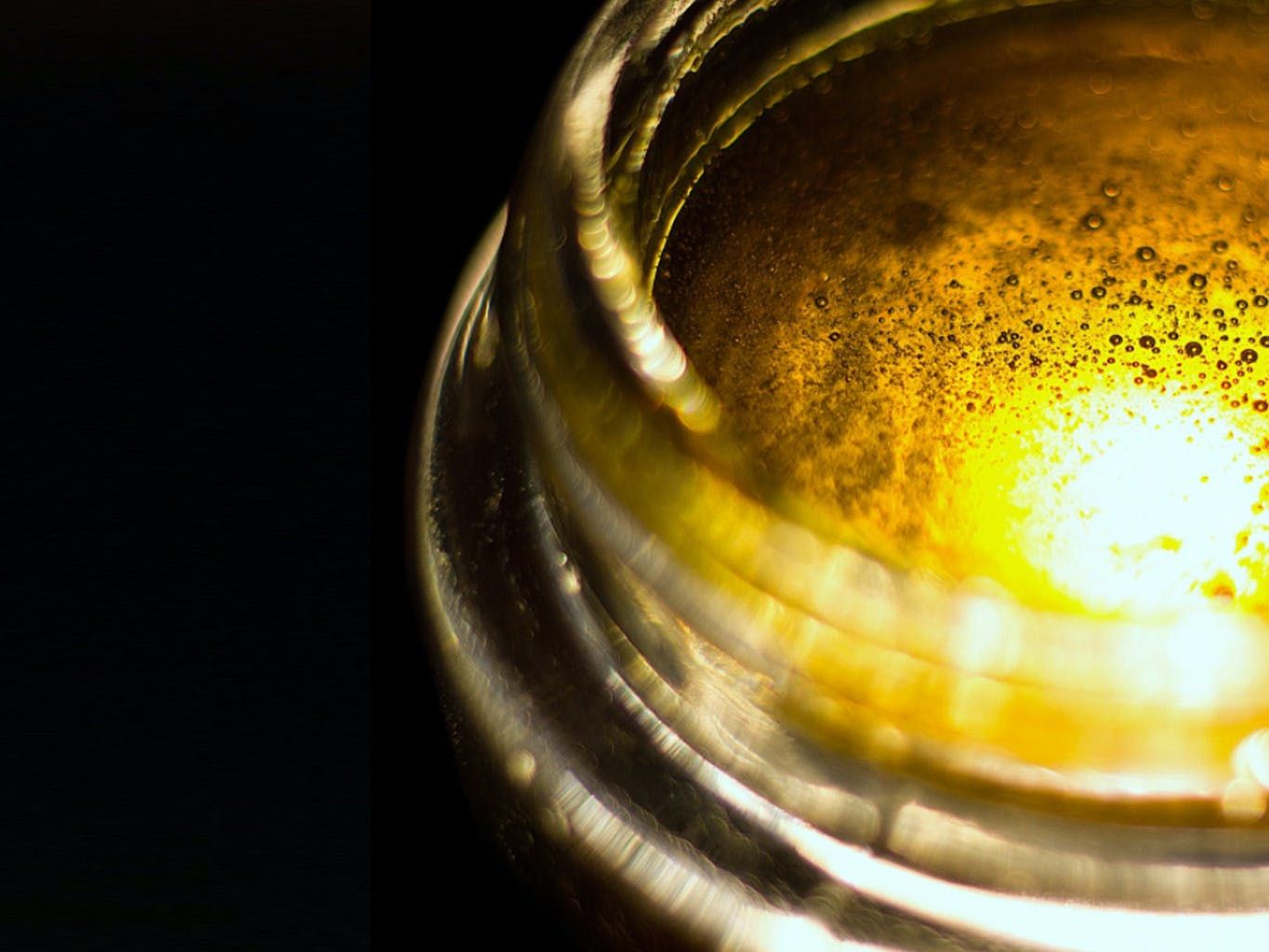Traditional consumption of marijuana has typically been via hand-rolled
cigarettes, water pipes, emptied cigars and edible products. However, a
new way to administer marijuana has emerged called dabbing. Since some
myths and misconceptions have emerged about dabbing, it’s important to
know the facts, pros, and cons. Whether you are just curious about
dabbing or interested in its use for medical administration, here are
the basics of what dabbing is.
The Basics of Dabbing
To dab means to consume highly concentrated marijuana in a vaporized
form from cannabis oil, a wax-like oil extracted from marijuana plants
using butane. By inhaling the vapors in this concentrated form, users
receive stronger and faster effects from the marijuana. A blowtorch is
used to preheat the surface, often referred to as a nail, which is
commonly made of glass or titanium materials. Once that nail is heated,
users dab the concentrated wax onto the surface and inhale the rising
vapor. Another practice similar to dabbing involves putting hash oil in
a vape device or e-cigarette. Users can also use modified water pipes to
smoke the dab.
Dabbing Statistics
"We have been seeing an emergence of dabs over the last three years,"
said John
Stogner,
an assistant professor at the University of North Carolina at Charlotte,
who co-authored a paper on the subject. He added, "At a minimum, dabs
are four times as strong as a joint, and the high is administered all at
once."
Most marijuana joints have about 15 percent THC, while most hash oils
have a concentration of 60 to 90
percent.
In November 2014, the Los Angeles Division of the Drug Enforcement
Agency (DEA) reported 49 explosions related to marijuana administration
processes like dabbing.
FOLLOW US ON FACEBOOK & INSTAGRAM
Pros of Dabbing
Proponents of dabbing tout the process for its quick results and its
pure, highly concentrated end product. Dabbing reduces the risk of lung
damage associated with traditional smoking. Also, dabbing can be an
efficient means of delivering relief for pain and serious chronic
medical conditions. Certain methods of dabbing do not emit a marijuana
odor, unlike smoking, which emits a strong smell; this mostly odorless
result is a benefit for users who value discretion.
Cons of Dabbing
If the oil used in dabbing is not produced with very high standards,
there can be high levels of butane which can be damaging. Some people
are allergic to butane and other toxins contained in hash oil. Others
experience side effects from dabbing, including rapid heartbeat, loss of
consciousness, tingling skin sensations, paranoia and hallucinations.
Dabbing is generally a more expensive way to use
marijuana,
as users need to make investments for a blowtorch, heating element,
other equipment and the premium oil product. Dabbing is not recommended
for people who need a high CBD product because most ‘wax’ products
created for the process are high in THC.
How Shatter, Wax and Dabs Are Made
To make a dab, producers pour butane over marijuana to separate the THC
from the plant and dissolve it into the butane. Then users must press
the THC solution through a filter and place it in a dish. The resulting
product is thick, gummy and very high in THC. The sticky oils are often
referred to as wax, shatter and budder. After extracting the THC, the
concentrate must be purged of
solvents left behind.
Dabs can be made with extraction methods involving carbon dioxide and
ice water alternatives as well. For example, carbon dioxide can be used
as a solvent in place of butane. Experts have shown that making dabs
with carbon dioxide is much healthier to make dabs, shatter, and wax.
Similarly, ice-water extraction is much safer and healthier than using
butane to make dabs, though they are far less common.
Potential Benefits of Dabbing Medical Marijuana
Dabbing has the potential to provide immediate relief for medical
marijuana users suffering from chronic pain and other serious
conditions. Other forms of use take longer to have an effect in the
human body.
People who are concerned about the effects of dabbing often cite the
real possibility of overdosing on marijuana, becoming addicted to
marijuana and experiencing strong withdrawal symptoms. However, these
issues are a lesser cause of concern for medical marijuana users.
Medical marijuana is typically prescribed in exact doses by an
experienced medical professional, so the risk of overdose and addiction
are less likely. If regulated and medically administered, wax can be
extracted in a pure form and with a reduced risk of unwanted additives.
Potential Downsides of Dabbing Medical Marijuana
However, there are some potential negative effects that can result from
dabbing medical marijuana. One issue is building up a tolerance to the
components. Due to the high concentration of THC in a dab, a user’s body
will become used to that level of THC and require it again to get a
similar feeling of relief. Therefore, it has been
recommended that
dabbing should not be used for people who take cannabis on an infrequent
basis. Also, it is easier for people to over consume THC by dabbing
because of the high concentrations being delivered quickly.
Social Popularity and Medical Administration
Dabbing is not a new practice, and in fact, it’s been around since the
1970s. Many experts attribute its growing popularity to the commercial
production and development of legal medical marijuana and marijuana
legalization in some states. In these states, users can often buy hash
oil extracts.
At this point, not enough conclusive studies have been conducted about
the risks and benefits of dabbing for medical administration. Medical
marijuana users should consult with their doctors before dabbling in
dabbing.






